#Fashion history
Note
So I've seen conflicting stories about the colour black in history.
Some say it's very expensive and hard to maintain, so that's why rich merchants wore black. Evidence in portraits.
Some say that for dyes it's on the cheaper side actually.
Some say the expensive black doesn't come from dye but rather the colour of the animal, so black fabric comes from black fibre which comes from black sheep. How exactly would black sheep be more expensive than regular white sheep?
Which one is right? I know this is probably influenced by which century it's set in, like maybe some eras have an easier time getting black dye
I found a well-sourced blog post about this, luckily, because I'm a 19th-century focused researcher and I've heard conflicting things about black in earlier periods. It seems to be that high-quality black-dyed fabric was difficult to obtain in the west from the Middle Ages potentially through the 18th century because it required massive amounts of dye to get the color very deep ("true black"). Lesser black shades were quite common, though, so black, period, doesn't seem to be more expensive than any other color. Possibly the intensively dyed, deep blacks might have been? But not black in general.
source
Rich merchants did wear black- but so did other people. They just usually didn't have portraits.
The black sheep thing I've never heard before. And anyway, that could only apply to wool- not cotton, linen, silk, leather, etc.
1K notes
·
View notes
Text




• Dress.
Designer/Maker: H. Leitner
Date: ca. 1886
Medium: Machine-woven wool fabric with velvet and lace decoration, steel buckle, machine and hand stitching.
#fashion history#history of fashion#dress#fashion#19th century fashion#19th century dress#19th century#H. Leitner#ca. 1886
580 notes
·
View notes
Photo
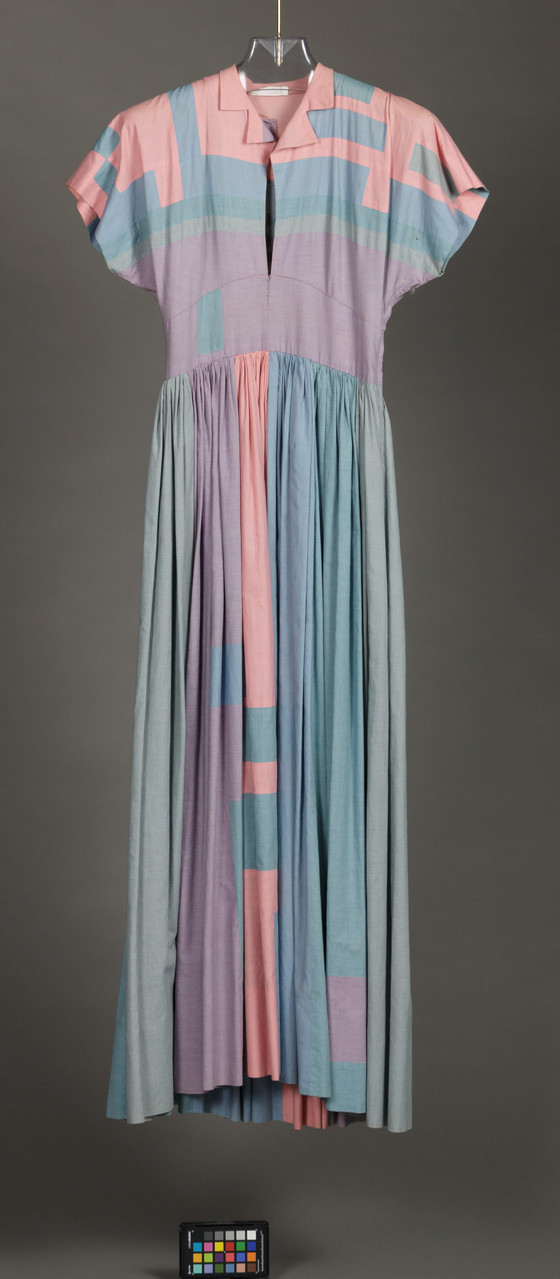
Dress
Gilbert Adrian (Los Angeles, California)
c.1947
LACMA (Accession Number: 56.14.3a-b)
#dress#fashion history#vintage fashion#gilbert adrian#1940s#1947#20th century#pink#blue#purple#pastel#cotton#united states#california#lacma
225 notes
·
View notes
Text
What made ya'll think that cravats and stockings could only be white?
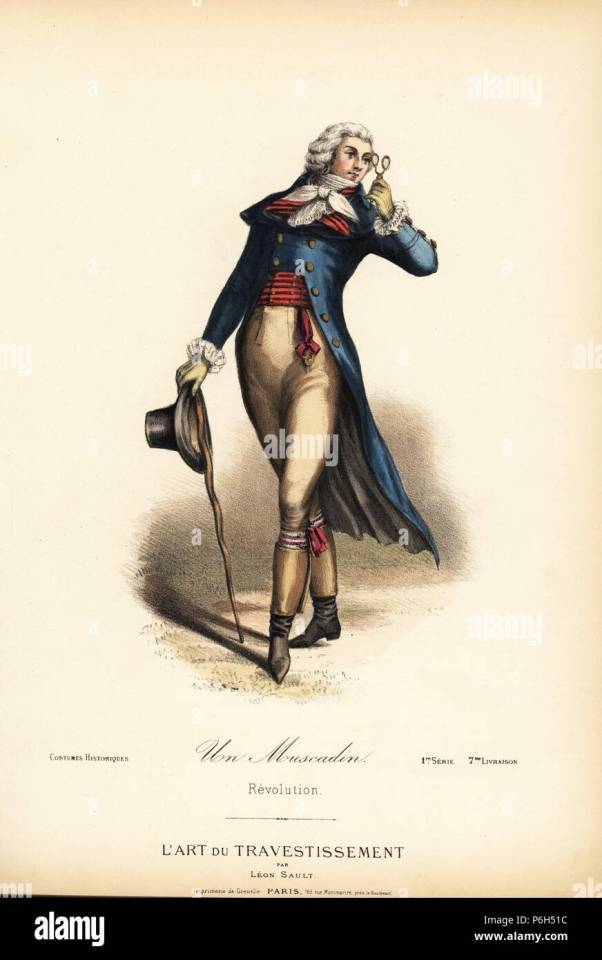

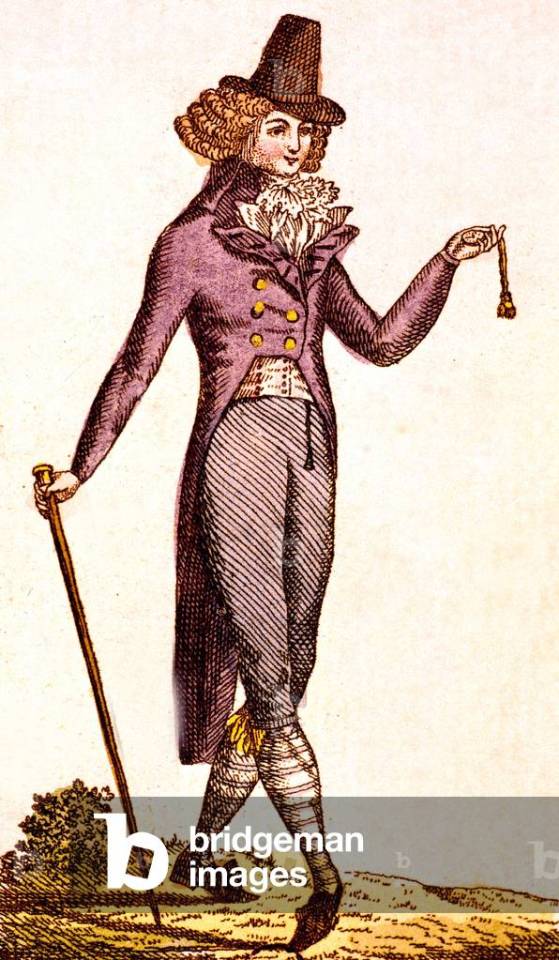
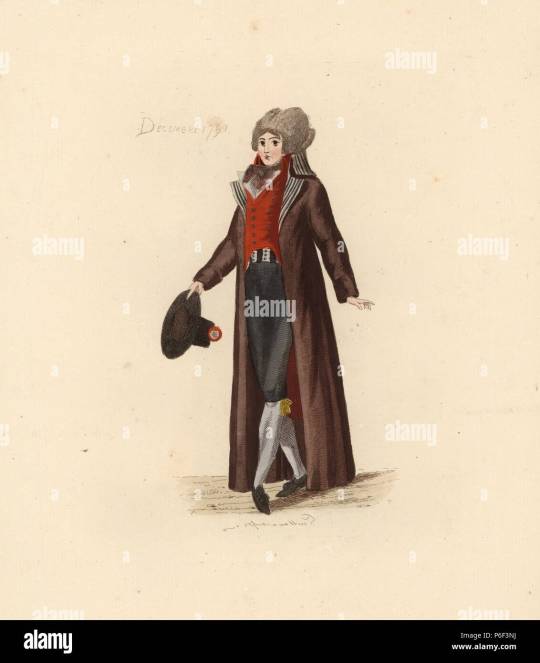
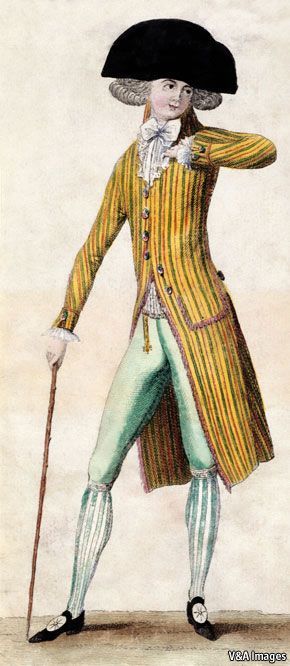

75 notes
·
View notes
Text


Dress
c. 1810
white silk net, embroidered with straw and yellow beads
Victoria and Albert Museum
#regency gown#regency fashion#regency#1810s#fashion history#historic fashion#historical fashion#history of fashion#dress history#frostedmagnolias
74 notes
·
View notes
Text

submitted by anon 🩶🩵
#historical fashion poll submission#historical fashion polls#fashion poll#historical dress#historical fashion#dress history#fashion history#fashion plate#20th century fashion#early 20th century#20th century#1910s style#1910s dress#1910s fashion#circa 1910#1910s#circa 1918#1918
57 notes
·
View notes
Text

(England)
Morning dress 1834-1836
cotton
130.0 cm (centre back) 31.5 cm (waist, flat)
National Gallery of Victoria, Melbourne
Gift of Mrs R. J. McFarland, 1987
Photo: National Gallery of Victoria, Melbourne
#pre-victorian era#georgian era#georgian fashion#georgian#fashion history#historical fashion#19th century
39 notes
·
View notes
Text
☆Update 2:☆
I remembered to take pics today! Sort of. Only after i had put away my machines and stuff...
Here are (most) of my edwardian undergarments
(i am wearing modern clothes under bcs the internet is weird)
Chemise, bustle pad, underbust corset, petticoat
I still need to make a corset cover someday, ive just been using a second thin chemise over all this:
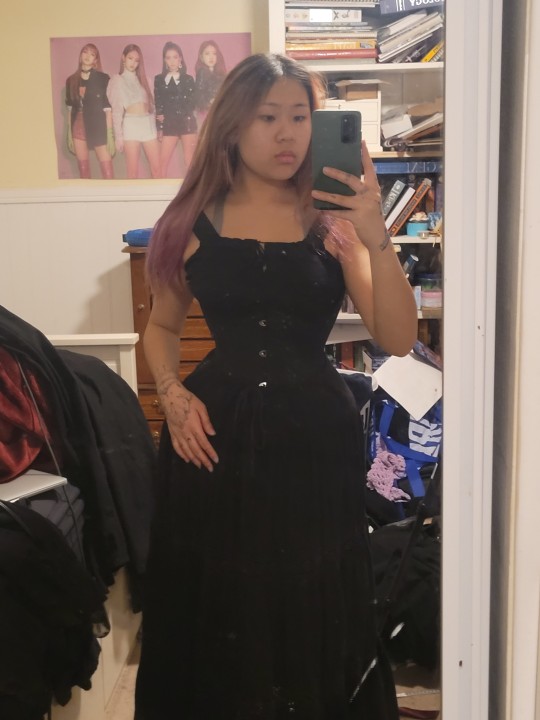
I used these vintage buttons on the cuffs. I wanted some more security but ran out of buttons so i used small snaps:
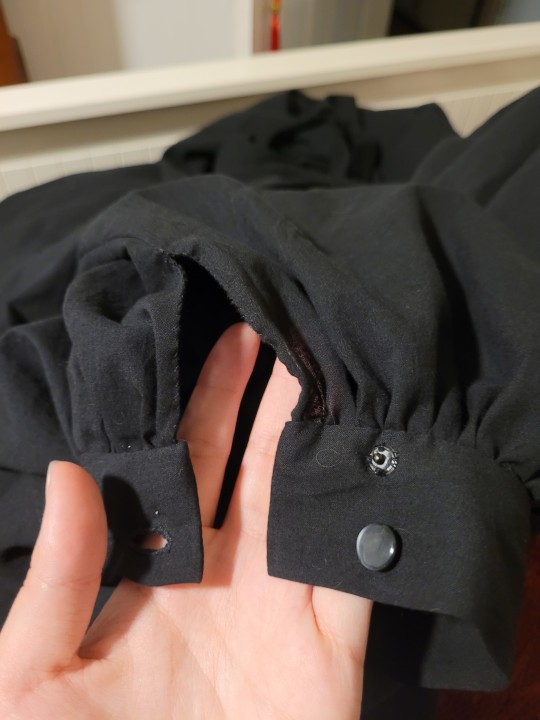
Also put one on the collar so i could try it on. I think the placket at the back of the blouse is a little ugly and larger than ive seen in extant garments but i forgot to adjust the pattern for my broad shoulders and need the extra width for comfort.

I tried on the blouse and skirt together:

I may need to loosen the waistband of the skirt, the corset is a bit bulkier than i thought itd be. Also the blouse is just stuffed into the skirt and currently only has one closure on at the collar so it looks a little bit disproportionate. The belt/sash will help smooth everything out so i dont look like im drowning in voile.
I might go without the bustle pad during the final shoot because i think it gives too much volume in the waist/hip area for edwardian tastes. Its from an 1890s pattern, so the silhouette is a bit out of date. I should probably try the skirt on without the pad before extending the waistband though.
Im pretty happy with how the sleeves turned out! I have some vintage nottingham lace i bought on etsy from penelope textiles that i was going to add to another project. I think ill sew some different laces together and add it to the cuffs to elongate them a bit. Since this dress is supposed to be from roughly 1905, i want the sleeves to look as they wouldve in that time. The photos ive seen mostly feature large ruffles at the ends of elbow-length sleeves but i dont think ill be likely to wear ruffles very often. Ive also seen tighter cuffs that extend from the elbow to mid-forearm or from the elbow to wrist. I think the elbow-length sleeves are a feature of afternoon dresses but i could be wrong. Maybe that was just day dresses? Not sure.
Im also not sure if i want to get gloves/a hat/parasol for this project. On one hand, it would look really cool for the video. On the other hand, it sounds quite expensive and i doubt ill wear it again. I dont want to buy things i wont use and create waste, theres enough of that in fashion. I have a pink 1900s parasol that i might cover with black fabric, but idk.
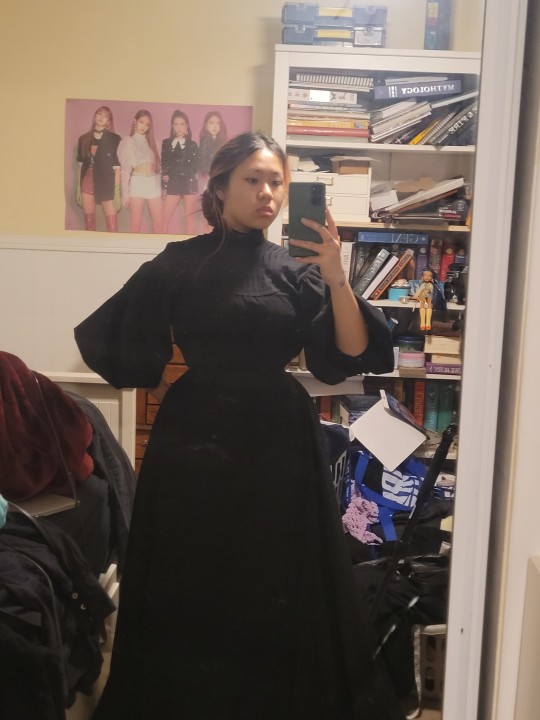
There isnt much left to do! Im gonna make a list here so i have it written somewhere:
-sew snaps onto blouse
-finish blouse hem
-attatch lace cuffs
-press pleats on sash/belt
-order synthetic whalebones
-add bones, hook/bars to belt
This is just the sewing tasks though, i need to edit the video clips and record audio. I have no idea how to do any of this. I just downloaded davinci video editor so hopefully i can figure it out. The only experience i have with video making/editing was in 3rd grade on ipads on the imovie app. Ive just been binge watching bernadette banner videos bcs i love her video style.
Any tips/feedback are much appreciated! ♡
Date: 4/22/24
#edwardian fashion#1900s#early 1900s#edwardian era#edwardian#victorian mourning#victorian dress#victorian era#victorian fashion#fashion history#historical costuming#historical dress#historical fashion
52 notes
·
View notes
Text
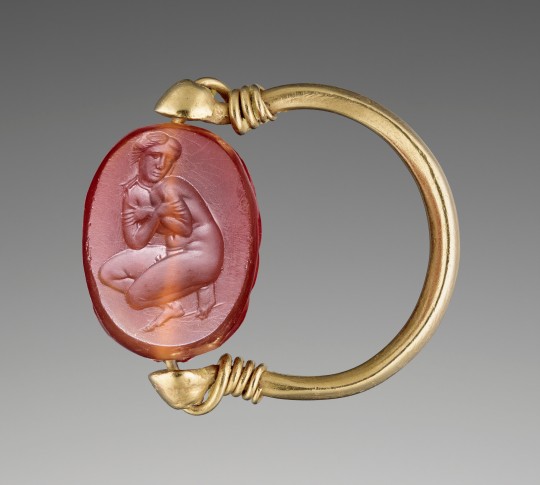

Engraved scarab with Aphrodite bathing in a gold swivel ring
Cornelian and gold, made in Greece or Italy, around 350 BCE
#ring#jewellery#fashion#fashion history#history#aphrodite#swivel ring#ancient greek#ancient greece#italian#350 bce#bce#300s bce#scarab
48 notes
·
View notes
Text


solid perfume necklace in the shape of a mussel from estée lauder, 1974
26K notes
·
View notes
Text
FWIW, "mauve" was one of the coal-tar dyes developed in the mid-19th century that made eye-wateringly bright clothing fashionable for a few decades.
It was an eye-popping magenta purple
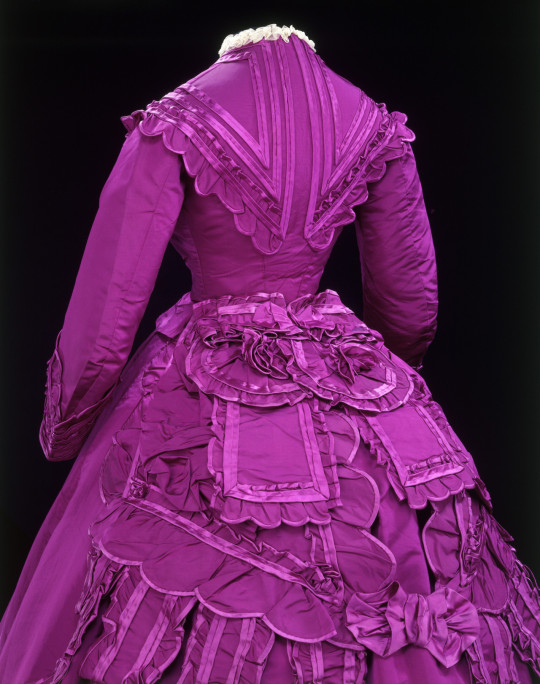
HOWEVER, like most aniline dyes, it faded badly, to a washed-out blue-grey ...
...which was the color ignorant youngsters in the 1920s associated with “mauve”.
(This dress is labeled "mauve" as it is the color the above becomes after fading).

They colored their vision of the past with washed-out pastels that were NOTHING like the eye-popping electric shades the mid-Victorians loved. This 1926 fashion history book by Paul di Giafferi paints a hugely distorted, I would say dishonest picture of the past.
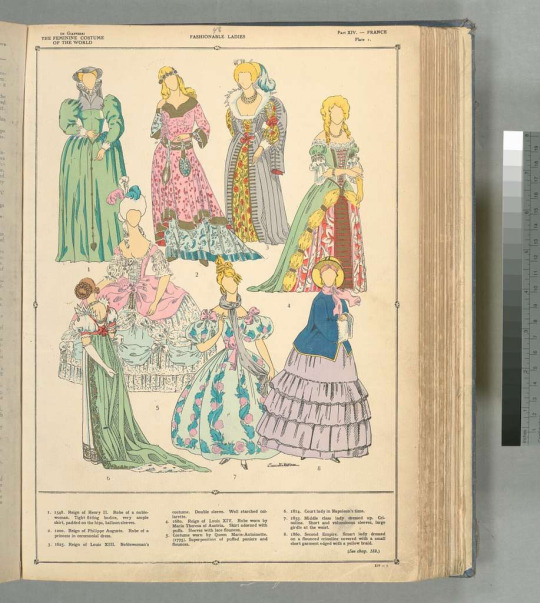
Ever since then this faded bluish lavender and not the original electric eye-watering hot pink-purple is the color associated with the word “mauve”.

14K notes
·
View notes
Text
I was about to be irritated at a shitty "kids' education" website on 1770s clothing but then I learned that there's a staymaker buried at King's Chapel and now I'm just delighted to know the gravesite of a clothing worker from that era and I want to take him flowers
10K notes
·
View notes
Text
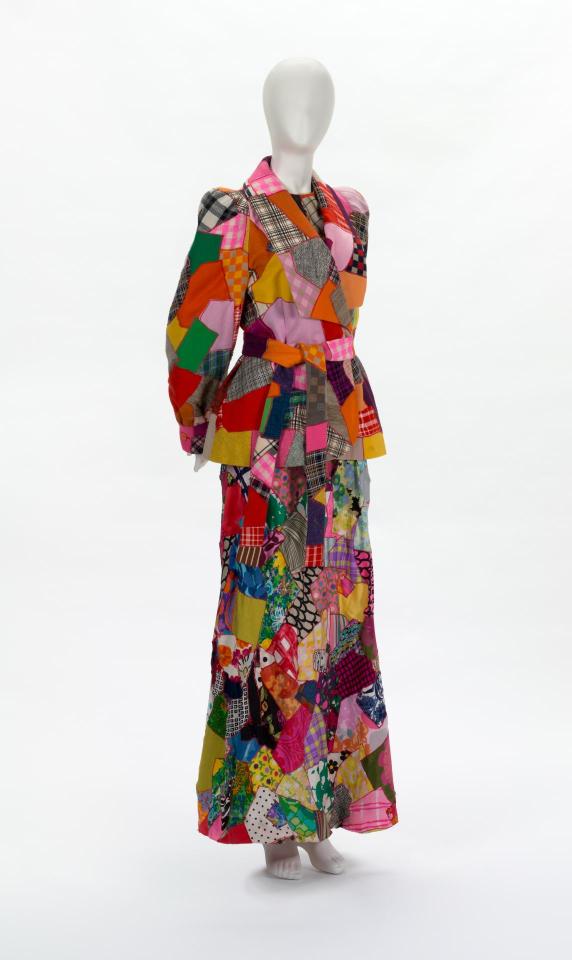
~ Evening Dress and Jacket.
Date: ca. 1965
Designer/Maker: Zara Holt; MAGG (Melbourne)
Medium: Silk, cotton, plastic, synthetic fibres.
#fashion history#history of fashion#dress#fashion#vintage clothing#vintage fashion#vintage#vintage dress#1960's fashion#1960's dress#1960's#zara holt#evening dress and jacket#ca. 1965
352 notes
·
View notes
Text
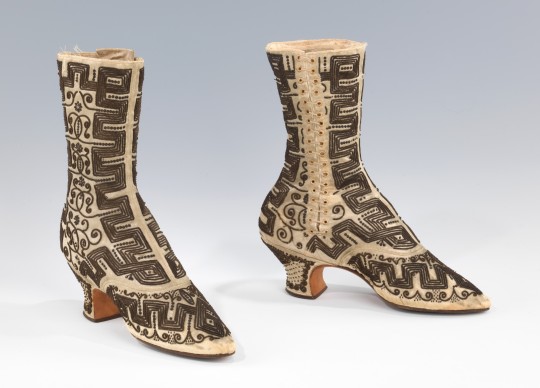
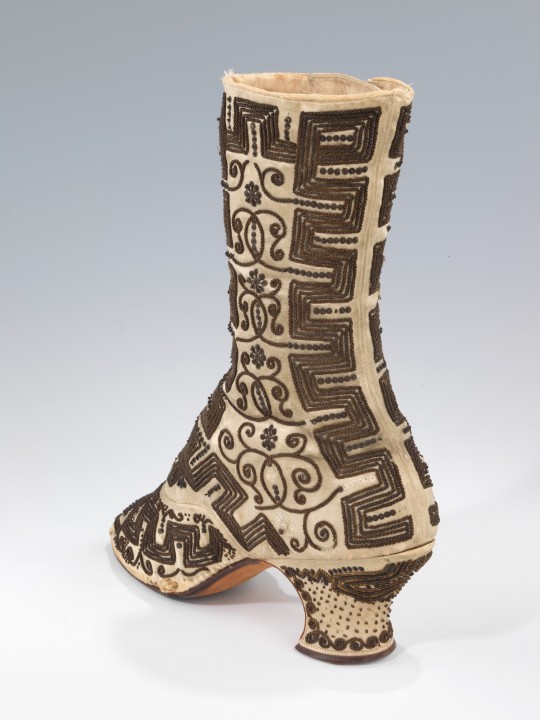
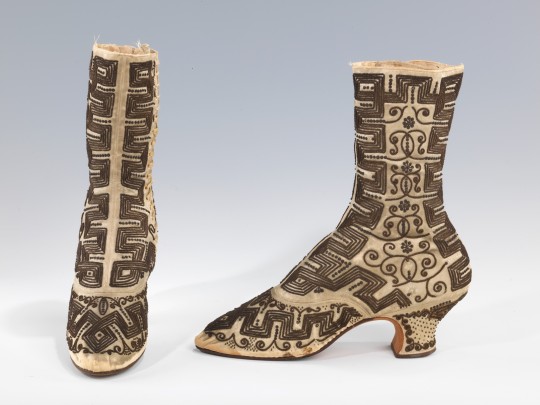
Evening Boots
1885-1890
Probably French
While the slipper and the strapped shoe were the most common choice for evening wear in the last third of the 19th century, boots did occasionally continue to appear. As with shoes, the basic evening boot was satin, either plain or featuring an embroidered vamp, usually in floral or foliate designs. Surviving examples of evening boots of the late 19th and early 20th centuries suggest, however, that those daring to wear something already outside of the ordinary often opted as well for unconventionally bold and unusual materials and trimmings. This pair of boots typifies that phenomenon: anachronistic side-lacing, novel and atypically exuberant fret and scroll motifs, and embroidery covering the entire boot, including the heel.
The MET (Accession Number: 2009.300.1477a–d)
#evening boots#fashion history#historical fashion#1880s#1890s#belle epoque#bustle era#turn of the century#france#off white#embroidery#accessories#shoes#the met
288 notes
·
View notes
Text
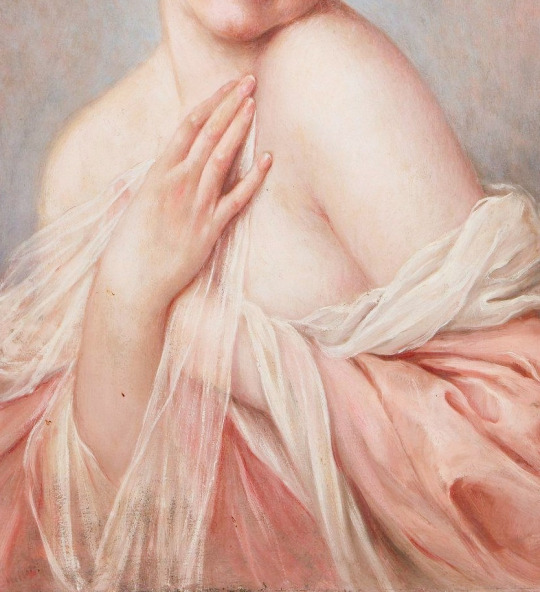

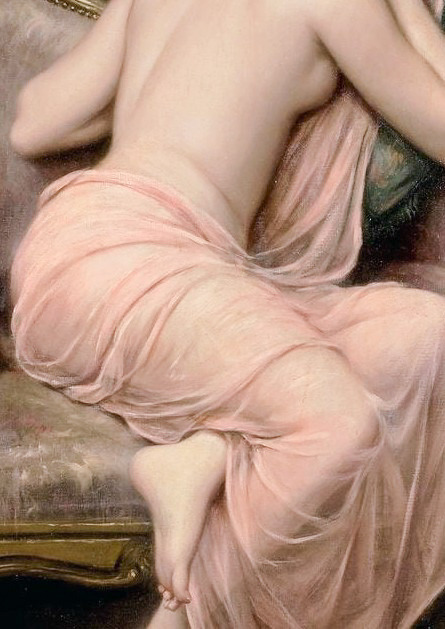
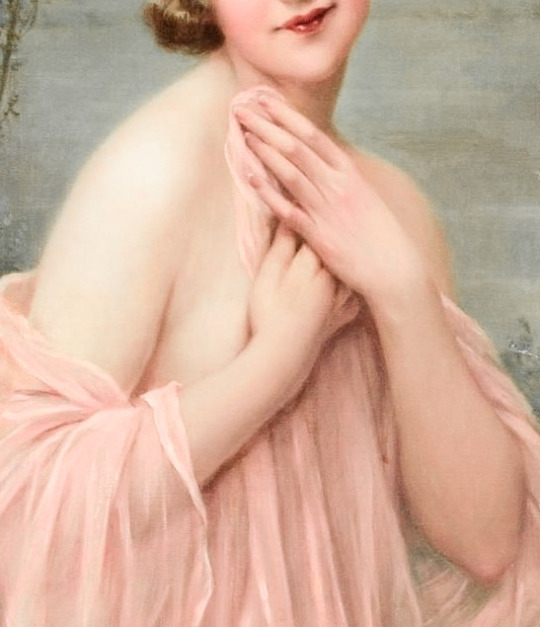
François Martin-Kavel & pink fabrics
French, 1861-1931
#art#painting#classical art#women in art#art detail#fine arts#art history#french art#François Martin-Kavel#pink aesthetic#pink#19th century art#19th century#fashion history#historical fashion#textiles#art lover#historical art#painting detail#light academia
7K notes
·
View notes
Text


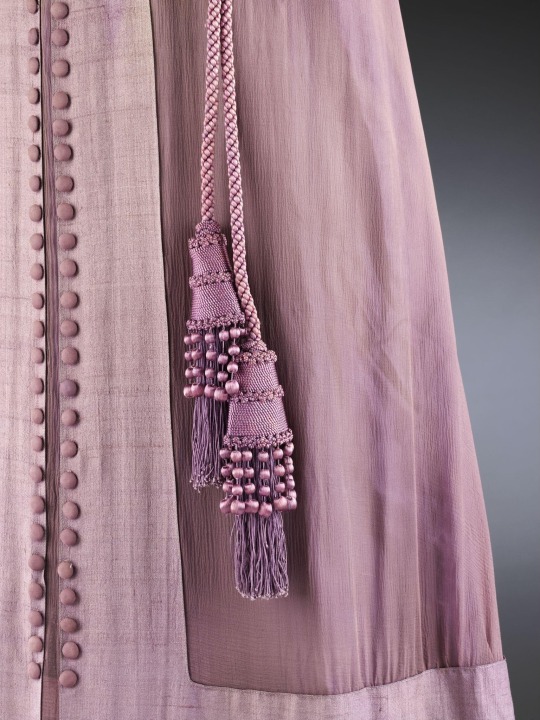
Afternoon Dress
c. 1911-1912
Silk chiffon over silk, grosgrain, lace, boned, embroidered
Made by Mascotte
Victoria and Albert Museum
#edwardian gown#Edwardian#Edwardian fashion#Edwardian era#Edwardian dress#1910s#fashion history#historical fashion#history of fashion#dress history#20th century fashion#frostedmagnolias
51 notes
·
View notes